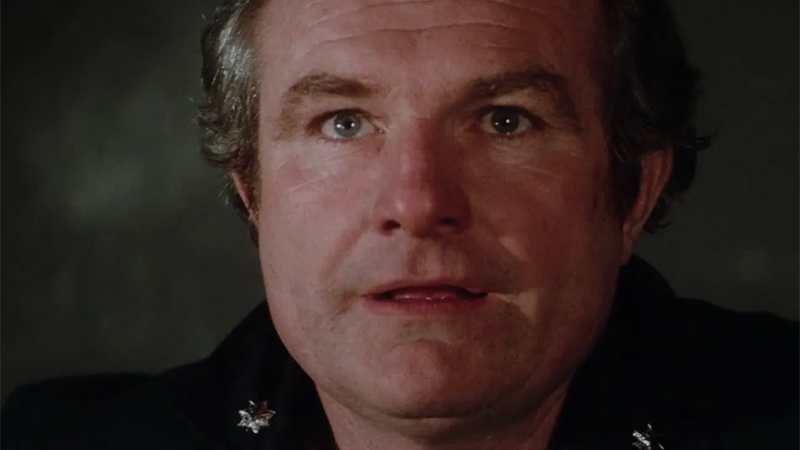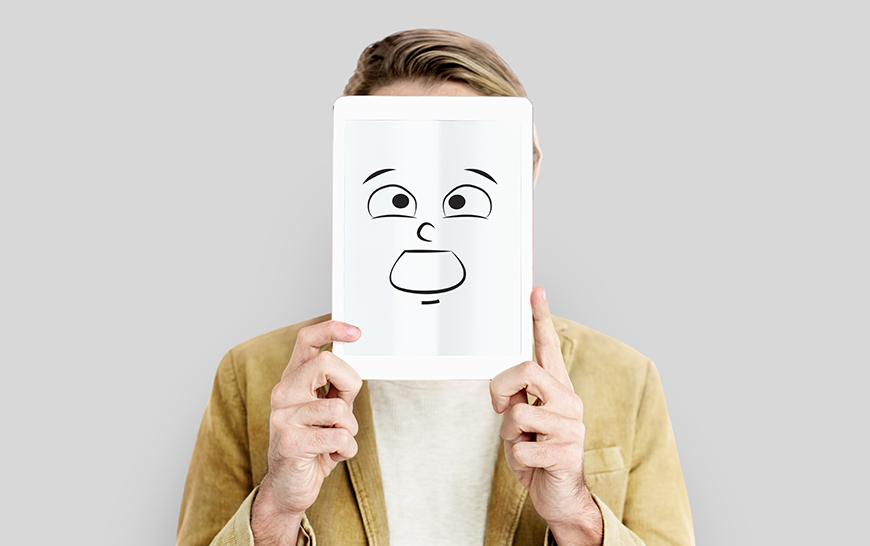Our partners at the CFA recently asked us to deliver a webinar for their members providing online presentation tips. Drawing on our professional background, we dipped into the movie director’s toolkit. What can Hollywood teach us about communicating effectively on camera?
On a Zoom or Teams call the other person is stuck with whatever picture of myself I offer them. To create the best relationship with my audience, I need to think like a film director. What is the best way to ‘frame the shot’ for my audience?
Length
The length of the shot – how far away the camera is from the person on screen – is a powerful factor in creating a relationship between audience and character.

Roger Moore as James Bond in The Spy Who Loved Me (directed by Lewis Gilbert), Eon Productions, 1977.
This is a long shot. We see the character’s whole body and plenty of surroundings. Their relationship with what is around them is at least as important as their relationship with us.
If you had this view of a person in real life, they would be across the room. There is not a strong connection between you. If you offer a long view of yourself when presenting online, your audience will struggle to engage.

Barbara Bach as Major Anya Amasova in The Spy Who Loved Me (directed by Lewis Gilbert), Eon Productions, 1977.
In the medium close-up above, we see the character’s head and the top of their torso. The background is often out of focus. This shot is used for dramatic and intense conversations. Facial expressions are highly visible, but body language is cropped out.
In real-life, if you were seeing only down to the top of someone’s shoulders, you would be standing quite close to them! Because it creates rather an intimate relationship, it can be appropriate for 1–1 online coaching sessions. Whether it sets the right tone for regular meetings and client calls is much less certain.

Shane Rimmer as Cmdr Carter in The Spy Who Loved Me (directed by Lewis Gilbert), Eon Productions, 1977.
Film directors use this shot, the extreme close-up, to put the audience in a very close relationship with the character. We feel we are inside their head, seeing their thoughts. In real-life, you’d have your heads on the same pillow. Great for a late-night FaceTime with your loved one, but not ideal for an online meeting.

Roger Moore as James Bond in The Spy Who Loved Me (directed by Lewis Gilbert), Eon Productions, 1977.
Finally, here’s a mid-shot. We see a bit of space above the character’s head and down to somewhere around the waist. Their surroundings are part of the picture, and we can take in their hand gestures and body language. We are connected with the character at a comfortable distance.
In real life, we would be across a meeting-room table or having a coffee. We recommend the mid-shot as the ideal one to emulate when presenting at an online meeting.
Stay tuned! In Part 2 of the series, we’ll look at another vital tool in the movie director’s kit: the camera angle. Also to come, reflections on lighting, eyeline and how we use our hands.
All stills are from The Spy Who Loved Me (directed by Lewis Gilbert), Eon Productions, 1977. Retrieved from https://movie-screencaps.com/.








0 Comments